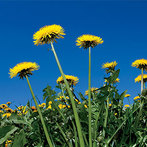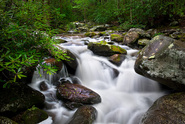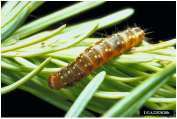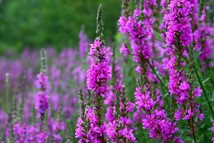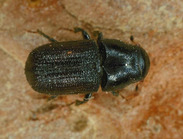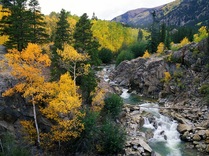Natural Phenomena and Hazards: Invasive Plants, Drought, and Hazardous Insects
By: Tessa, Henry, Jack B., and Maya
|
Invasive Plants
________________________________________________________ Drought: Drought is when an area is suffering from no precipitation. Most plants and animals get very affected by drought and can lose much of their population. It is especially a problem in high elevations. The only time when Colorado has had lots of water is the annual spring melting of snow. In that time period water height is some times to high. Aspen has been in many droughts and sometimes the mayor has outlawed fire works because of fire hazards in Aspen, such as two years ago on Fourth of July. To prevent drought you need to use less water and if you are a real conservative use grey water. The droughts affect many farmers of Colorado. It reduces the amount of crops successfully harvested. It also affects livestock as they either don't have enough grass to eat or we don't have enough water to spare on the crops. It majorly effects the economy of mountain towns like Aspen or Glenwood Springs in Colorado. If it doesn't snow then we don't get any tourists to come ski. If no tourists come then some businesses don't get enough money then jobs are lost and on top of it all we can't go camping. A major drought appears in Colorado every 20 or so years the longest drought ever recorded in Colorado was 20 years long lasting from 1905 to 1926. Hazardous Bugs
Cons: It kills forests, ruins ecosystems, and sometimes causes animal populations to suffer. They also can ruin trees especially, Lodgepole pine and spruce trees, after which they were named. |
Welcome to everything you need to know about hazards!
There are many threats in the Colorado ecosystems, like destructive bugs, invasive plants and drought. We want you to learn a lot about these bugs, plants and drought.Welcome to everything you need to know about hazards! There are many threats in the Colorado ecosystems, like destructive bugs, invasive plants and drought. We want you to learn a lot about these bugs, plants and drought. Invasive Plants-Ways to Help:
Dandelions: The easy way to remove dandelions is to pull of the flowering part of the weed and throw it away. This way it can’t pollinate and spread. Purple Loosestrife: The easiest way to control this plant is to try in June, July and August which are the best times to kill them. This is the best time because they flower then and that is when they are easy to identify. Then you remove the buds before they drop because when they drop they spread their seeds. Tamarisk: To remove this plant you cut off the top part and paint the stump of the plant so it can’t get oxygen. Stinging Nettle: This plant has very deep roots so it is not easy to kill. Also the stinging factor makes it very difficult, but you can just remove this plant by digging deep into the ground and removing it from the ground. Thistle: To get rid of this plant you need to pull it out of the ground and make sure you take the roots with it. Pros and Cons of Invasive Plants: We don't know of any pros. Invasive plants drive out native plants which can harm soil and native animals and birds. Drought: Pros and Cons Pros and Cons Hazardous Bugs-Ways to Help: There are many new ways coming out to combat these tree pests. One already used way is when you spray the tree with a pesticide. This pesticide does not alter the tree but acts like a vaccine-- it only helps the tree, but it can't cure the bugs. Once they’re in they don’t leave. Also this packet in the background is a new experimental way to combat these bugs. It releases a chemical called Verbermone. Accordingly it works in some areas but at this altitude scientists are concerned that the altitude will have an adverse effect in ecosystem. The chemical mimics the pheromones of mountain pine beetles telling them that the tree is already in use by the bugs. Most of the wildlife conservators utilize a pesticide thinking that the Verbermone harms the forest instead of helping it. Unfortunately not everyone shares the view thinking it will attract the beetles instead of driving them away. |
